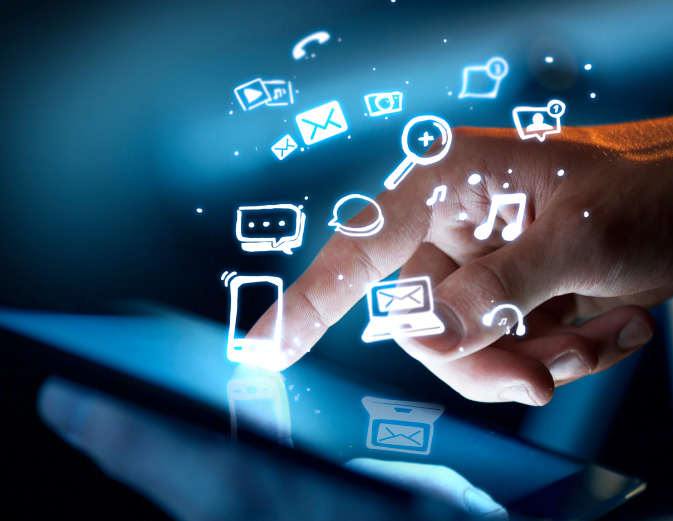How the 'Internet of Things' Will Impact Ediscovery

Most of us cannot fathom the day when every durable object around us is part of the “Internet of Things.” A world in which devices possessing IP addresses is the norm and not the exception. A world in which we interact with a dozen or more items in the course of a day that are “wired”, unassumingly gathering information about us and our interactions with our environment. When the “Internet of Things” becomes a reality, the deluge of data discoverable in legal actions will dwarf the data tsunami that is seemingly engulfing litigation teams today in 2014. Big data is only going to get bigger, my friends.
Today, ediscovery professionals turn over every rock – aka computer, laptop, server, phone, USB drive – to find relevant documents germane to a lawsuit. It’s not uncommon for a single commercial case to involve hundreds of thousands of emails and documents – all of which need to be examined and analyzed by the case team. Thankfully, technology has evolved at light speed to aid the increasingly daunting discovery process. From online review platforms, which saved young associates and paralegals from millions of paper-cuts, to cutting edge predictive coding tools that use artificial intelligence to weigh the responsiveness of a document in a matter – technology is now indispensable in legal discovery.
In the not-so-distant future, we all will live in an Internet ecosystem. Our modes of transportation and locations, bio-medical devices, food and beverage consumption, purchasing habits, interactions with other humans and more will be catalogued by the “Internet of Things.” In a single day, we will leave digital fingerprints not only through the devices we carry, but also every object or establishment we interact with will possess metadata about our movements and decisions. Lawyers can only imagine the impact this will have on legal claims and defenses, with data security and privacy issues coming to mind. The number of “rocks” that ediscovery professionals will be called upon to collect, analyze and produce data from will be infinite. Ediscovery innovations have kept pace so far, but document review databases and ediscovery technology platforms will have to kick into warp drive to cope with this vast volume of new and diverse discoverable data from the “Internet of Things” revolution.
Antagonists will protest that data from everyone’s Internet toasters and coffee makers will have minimal relevance in litigation. Could the same insular thinking have argued that social media data in Facebook, Twitter, or LinkedIn would not be impactful in a law suit? We need to think more broadly. The “Internet of Things” will only lead to the ediscovery of everything. It will be a brave, new world of digital law and practice.
